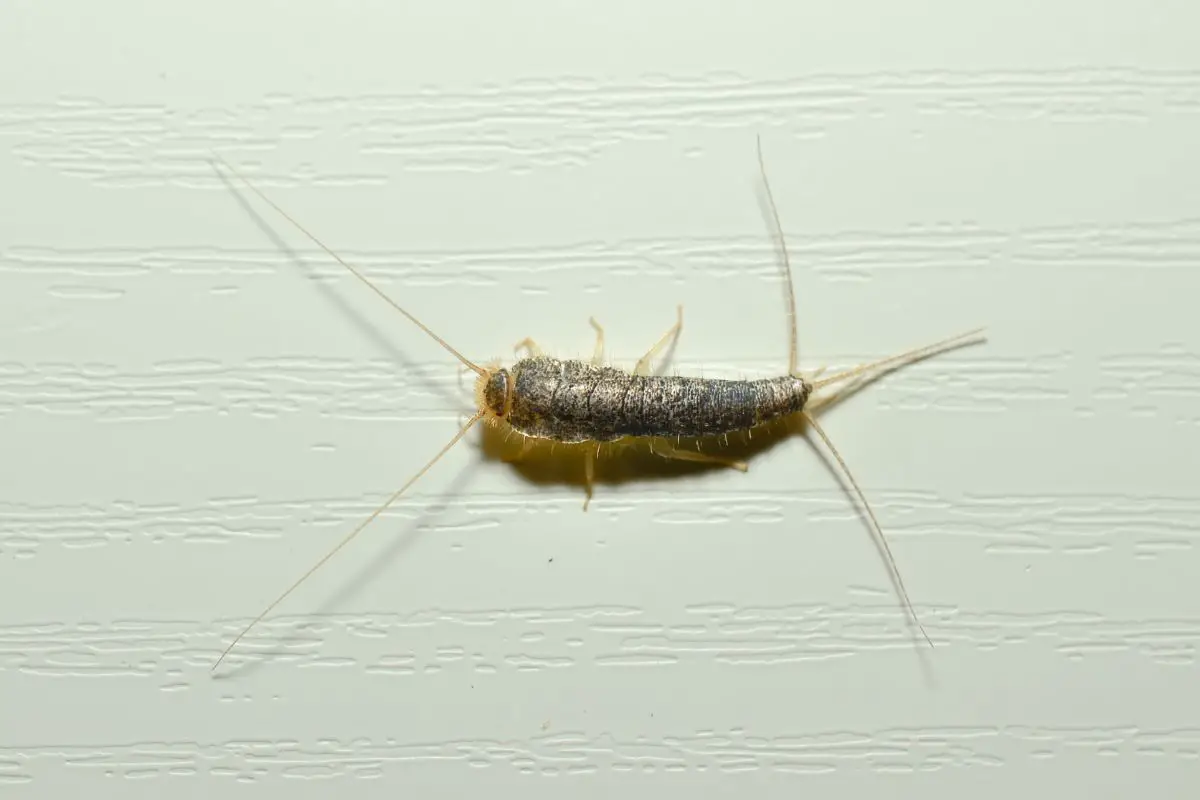
Silverfish are a common pest, and they are easily confused with other insects that look similar, live in the same places, or damage your home in the same way. In this article, we’ll look at some other insect species that are similar to silverfish, and how you can tell the difference.
1. There are more than 40 kinds of silverfish in the US alone.
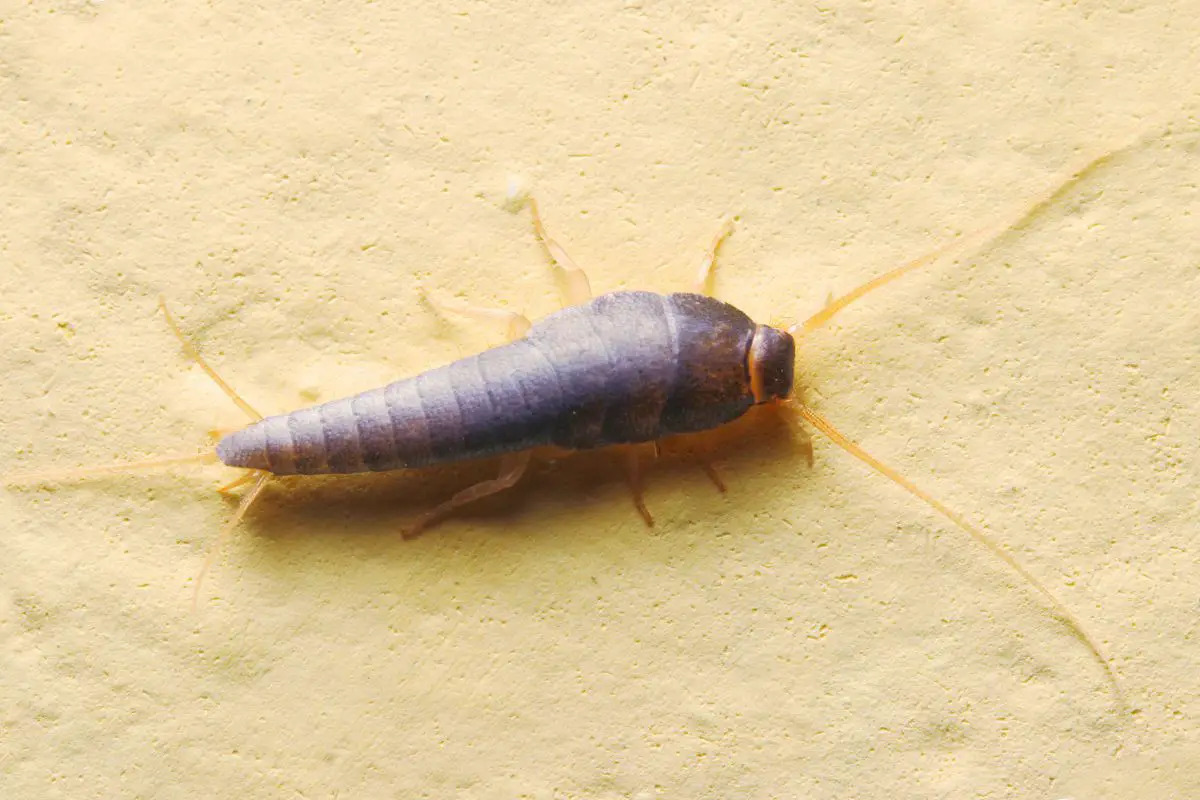
The insects that are most closely related to silverfish are within the same family of bristletails in the order Thysanura. There are 40 different kinds of silverfish in the US, and 250 around the world. The most common kind of silverfish is called Lepisma saccharinum – sugar taker.
Silverfish feed on sugar and starches they find in everything from house dust to the glue used in book bindings. They are teardrop-shaped bugs that range from 12-15 mm long, and although they reproduce slowly, they can live from 2-8 years. They are called silverfish because they have silvery scales on their backs that they can shed when attacked by predators, and because they move side to side even as they move forward, like a fish swimming through water.
Silverfish are some of the oldest insects there are. Most of the insects in the world today have wings. Many of the wingless insects are descended from insects that had wings. Silverfish are some of the rare insects that never evolved wings.
The standard silverfish and bristletail design have changed very little in 400 million years. Silverfish prefer cool and damp environments, like basements and garages. They like it when the humidity is higher than 75%.
Although silverfish are annoying and can contaminate food, they’re not unsafe to live with. They do not bite humans, and they don’t carry any diseases. One of the most interesting facts about silverfish is that although they are essentially deaf and have eyes that can only detect light or dark, they have 6 other kinds of sensory receptors to help them navigate.
They must experience the world in a way that is hard to imagine.
2. Firebrats prefer the heat and live near fireplaces and in heating vents.
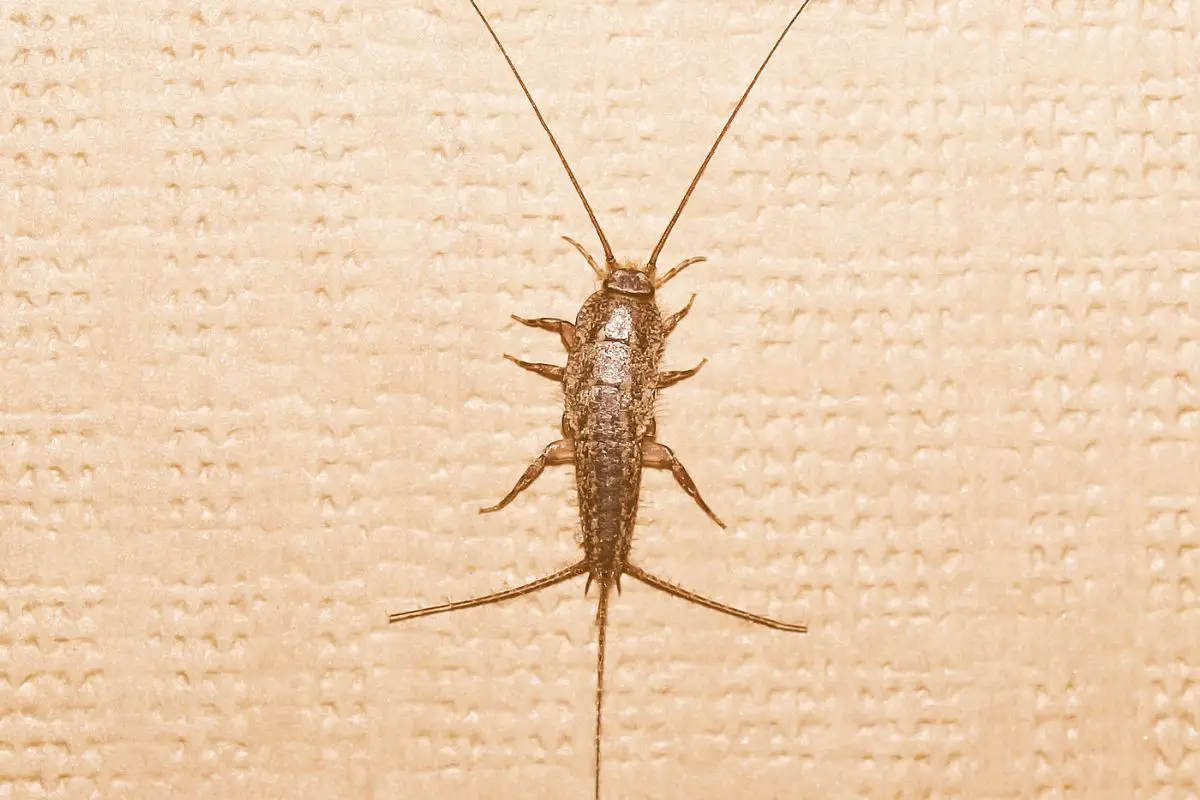
Firebrats are one of the closest relatives to silverfish. They are about the same size (12mm in length) and move similarly. Like silverfish, they have a long teardrop-shaped body, antennae, and long bristles trailing the abdomen.
They also like to hide in crevices and cracks and eat sugar and starch. Silverfish have a distinctive silvery shine to their gray scales, but firebrats are more likely to be white or brown with mottled coloration. Silverfish like cool and damp environments, while firebrats are only comfortable in hot and humid environments.
They are known to prefer urban bakeries and laundromats, where they can live in heating vents and other high-temperature environments. Firebrats are so similar to silverfish that they can almost be considered the same species. Both are harmless to humans, both feed on sugar, reproduce slowly, and belong to the same ancient 400 million-year-old insect design.
3. Jumping Bristletails can leap to safety.
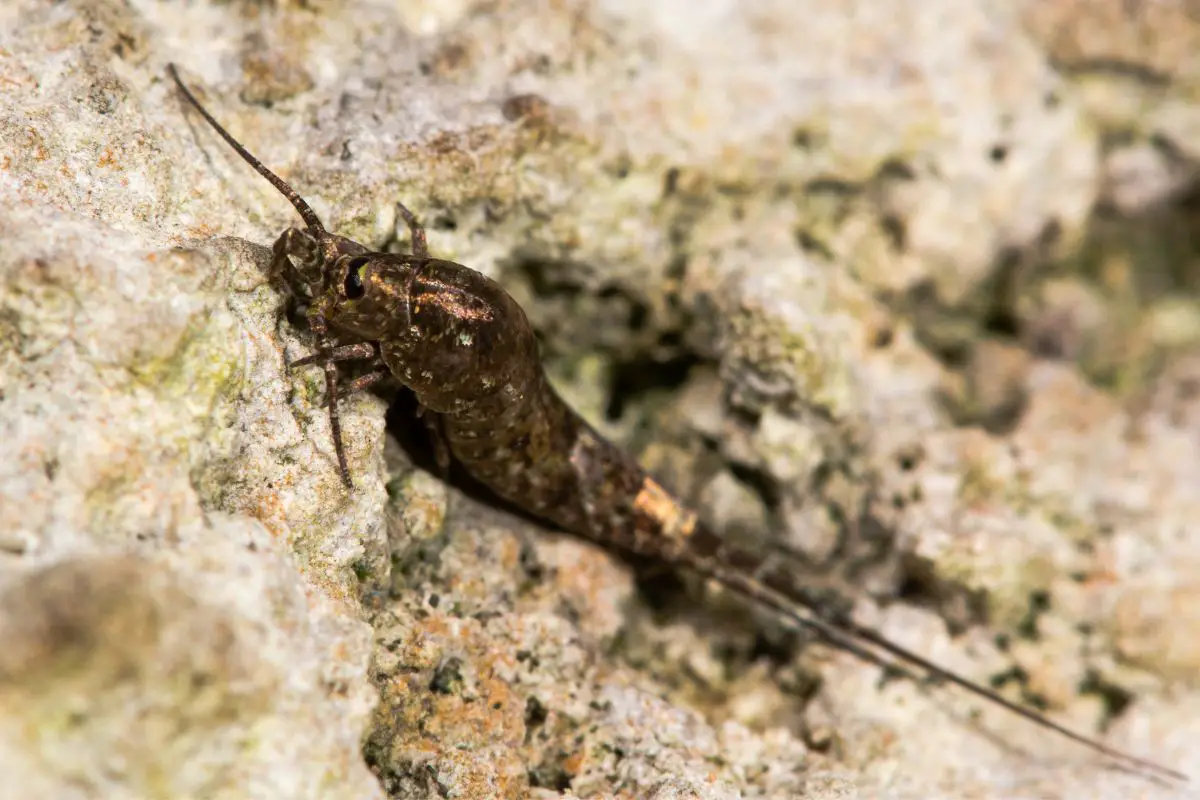
A jumping bristletail looks a little bit like a cross between a silverfish and a shrimp. These relatives of silverfish are typically only found outside. They are a yellow, brown, or gray mottled color.
Their back has a distinctive hunch, like that of a shrimp. Their eyes are clustered together on the top of the head. They have the same three “tails” that silverfish and firebrats do: one long terminal filament flanked by smaller tails called cerci.
Jumping bristletails get their name from their ability to leap into the air to escape predators. They are capable of jumping up to a foot forward in the air when they are threatened. They live outdoors and are not a common indoor pest.
They like cool and humid environments, like the crevices between rocks or in decaying logs in the forest. They eat decaying leaves and organic matter.
4. 2 Pronged bristletails are translucent and live in moist earth.
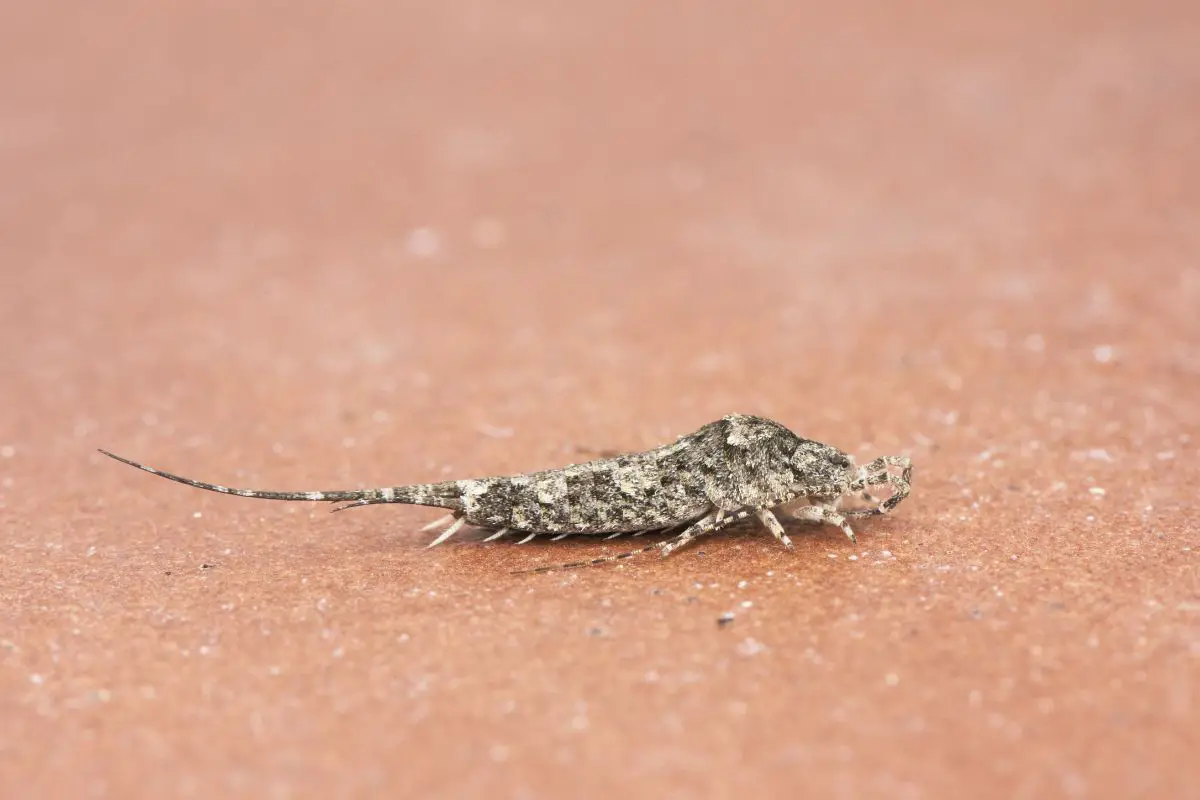
Silverfish are mostly eyeless and live in cool, wet spaces. The same is true of 2 pronged bristletails. They live in damp soil and are blind, feeding mostly on decaying vegetation.
They are whitish or yellowish in appearance and are translucent. They are between 2 and 50 mm long and burrow in the ground, where they are sometimes mistaken for centipedes or millipedes. They are estimated to live for up to a year.
There are 800 different species of 2 pronged bristletails, and they are not closely related to jumping bristletails or silverfish, even if they share some of the same environments and at least a similar outward appearance. 2 pronged bristletails have only two “tails”, called cerci, at the end of their abdomen. They also lack an epiproct or spine.
They belong to a larger group called “diplura” (2 tails).
5. Earwigs have a bad reputation… but they won’t go near your ears!
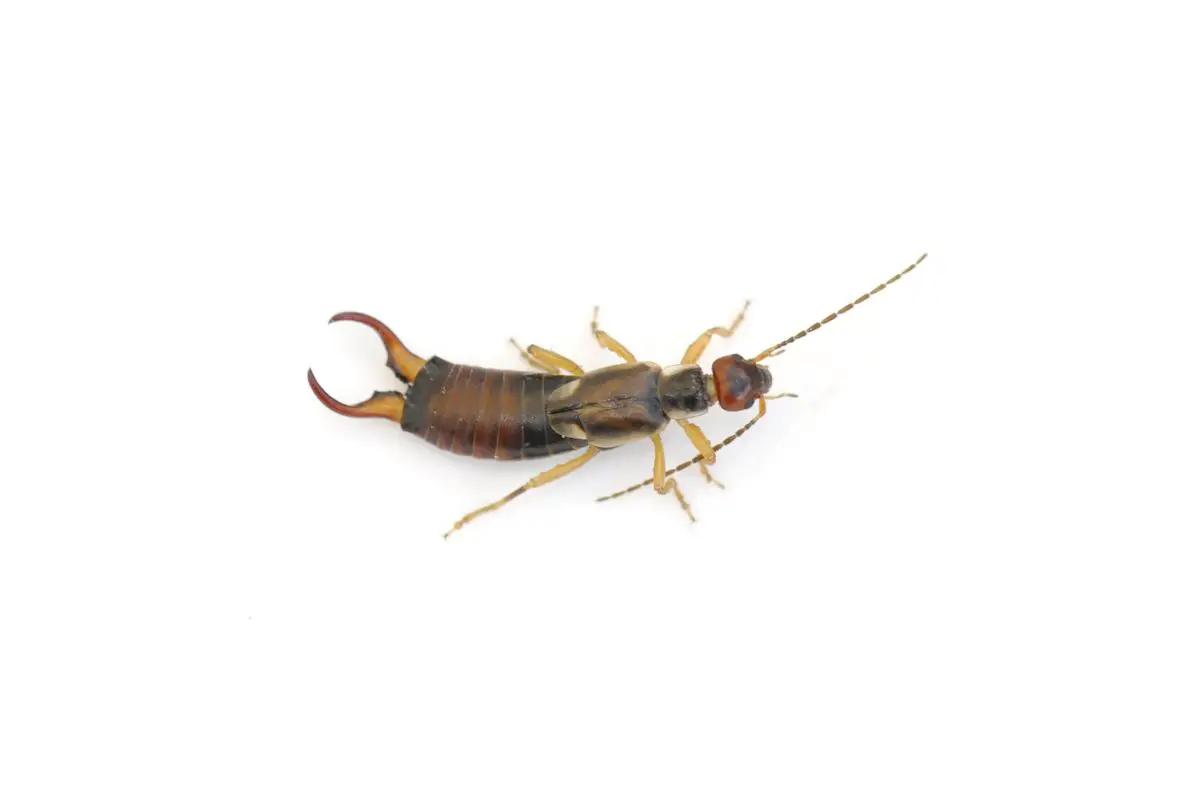
Earwigs have long antennae and pincers coming out of their abdomen, which makes them look a little bit like silverfish. They are also both fast-moving, nocturnal, and moisture-loving. Earwigs love cool and wet areas – even more than silverfish!
While silverfish prefer a damp basement, earwigs like moist soil or wet newspaper. Although earwigs have pincers that make them look intimidating, they are harmless to humans. The urban legend that they will get into your ears is a myth.
These insects could not be less interested in crawling into a human’s ears. Earwigs are omnivores that eat both decaying vegetation and other small insects. Silverfish don’t have wings, and earwigs do.
However, earwigs don’t like to use their wings unless they are threatened and usually walk rather than fly.
6. Centipedes crawl around the same damp places, they just have more legs.
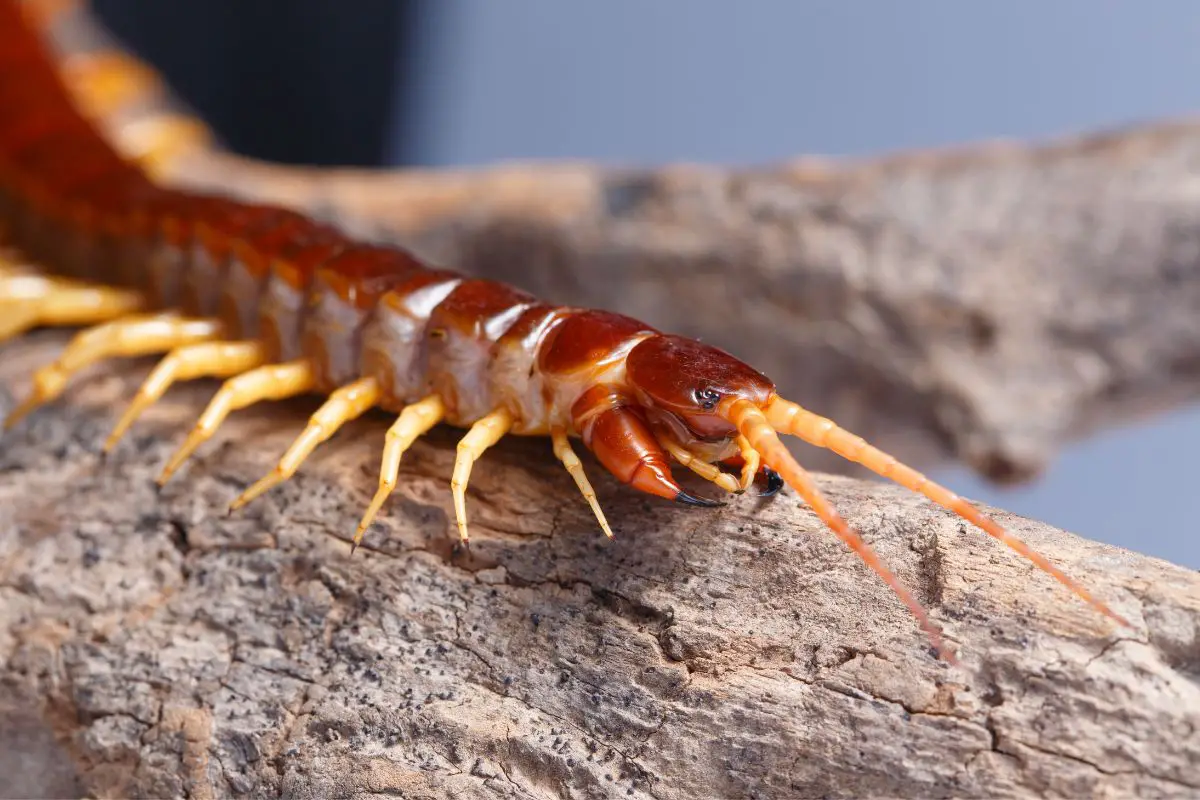
Centipedes come out at night and like the same kind of cool and moist environments that silverfish do. However, they are typically much larger and longer, with many long legs rather than just antennae and bristles. Centipedes, unlike silverfish, are carnivores that prey exclusively on other insects.
They eat small household insects like flies, cockroaches, and silverfish. Most centipedes are poisonous, and use poison to subdue their prey. However, you don’t need to be worried if you find one in your home.
Centipedes’ jaws are not strong enough to break through human skin. If you do get bitten by a centipede, at worst you’ll get a mild sting. The common house centipede can be up to 6 inches long, while a silverfish is usually less than 1 inch long.
Centipedes are usually yellow or brown with vertical stripes, while silverfish are gray with a silvery sheen. While silverfish have antennae and cerci at the front and back, they don’t have long legs on either side. Centipedes have very long legs – between 15 and 177 of them.
7. Carpet beetle larvae do a great silverfish impersonation.
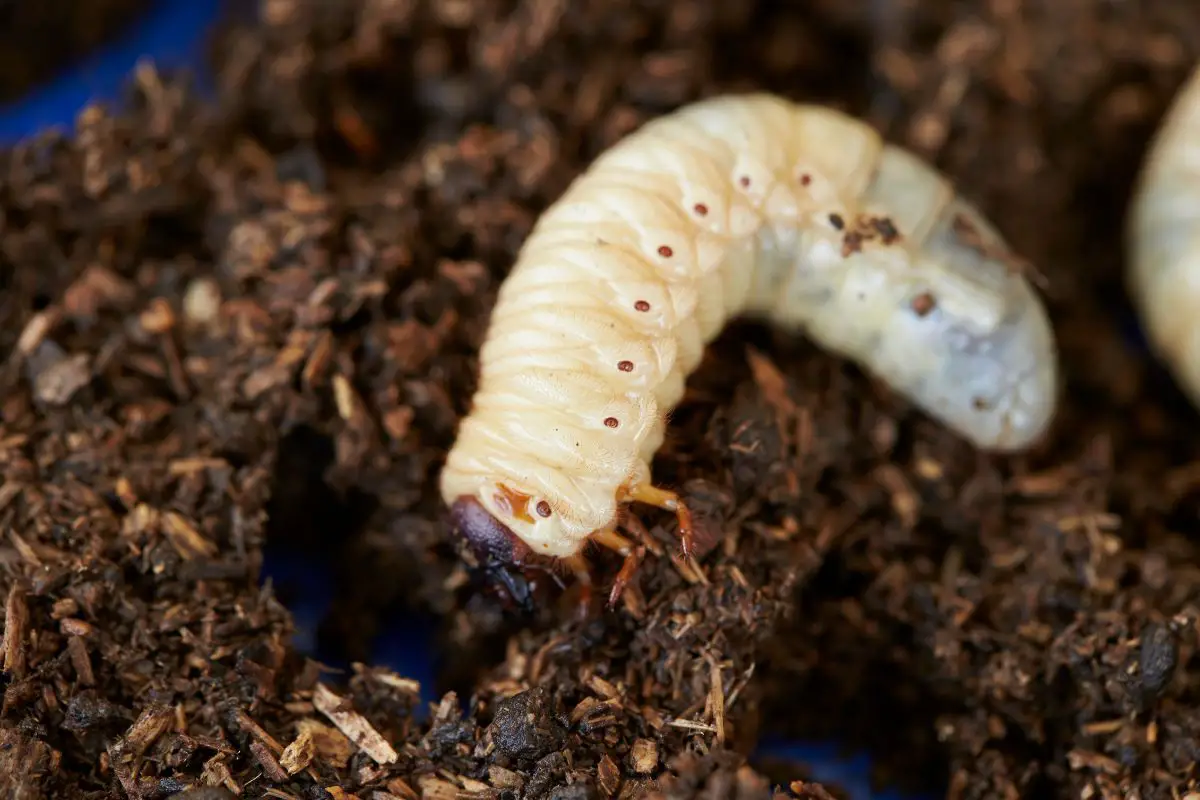
Carpet beetles are a common pest that attacks clothes, furniture, and natural materials. They are found both indoors and outdoors, but they like cities and urban environments. They form colonies and are rarely seen alone.
The average lifespan for a carpet beetle outdoors is 2 years, but their lifespan decreases in higher temperatures due to a shortened lifecycle. You would never mistake one of these oval-shaped beetles for a silverfish – but the larvae that carpet beetles lay do look a lot like silverfish. Carpet beetle larvae are the size of small silverfish (a couple of millimeters) and have hairs coming out of the back of their abdomens like bristles, and segmented bodies.
They move side to side as they move forward, like silverfish. The difference between carpet beetle larvae and silverfish is that the beetle larvae are hairy, with a black banded coloration. Silverfish have smooth, shiny scales.
8. Woodlice look like armadillos and do less damage than silverfish.
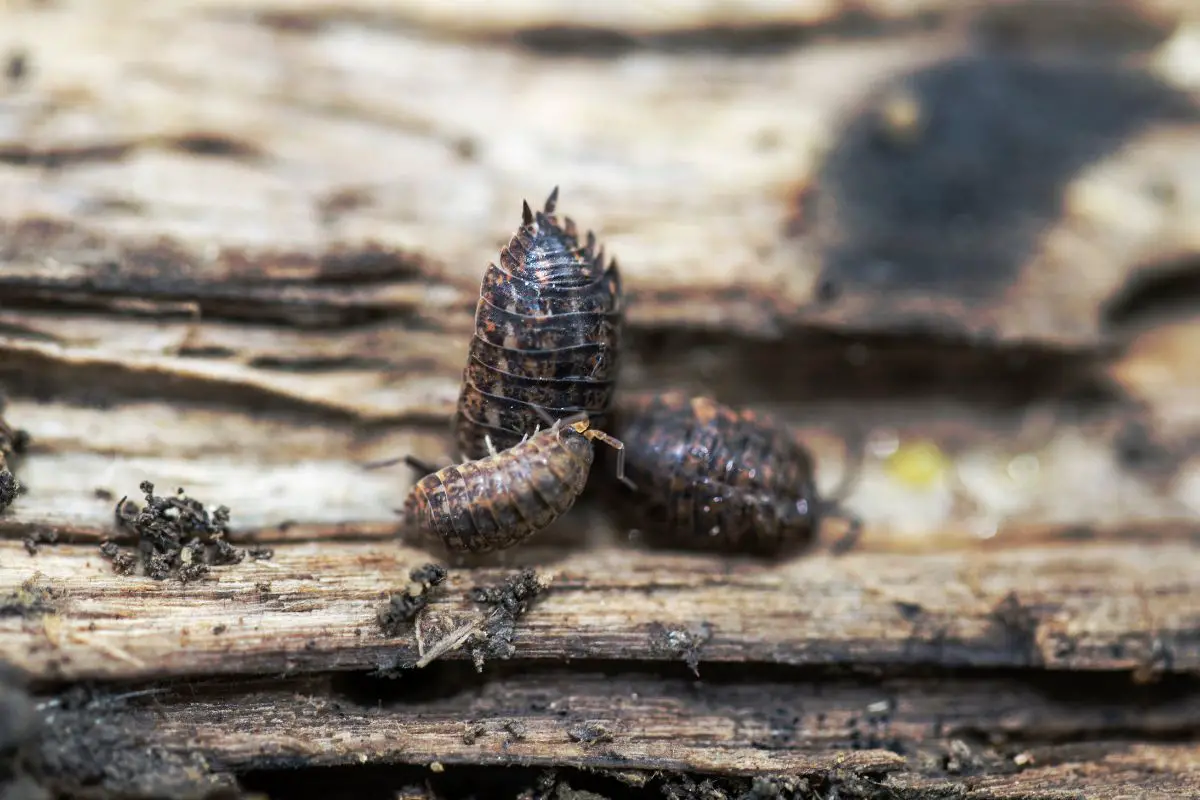
Woodlice, also called pill bugs, are common around the world. You can find them in decaying logs, under rocks, and in wood piles. They like cool and wet environments, but they do sometimes go indoors to get shelter from the elements.
Inside, they don’t usually last long unless they find a damper, cooler place to hide – like under a sink, or in a drain. Woodlice are herbivores, eating vegetation and are 2 to 30 mm long. They have a plain gray body with a thick, plated exoskeleton that makes them look a little bit like tiny armadilloes.
Woodlice are not insects, even if they look like they are. They are technically arthropods, closely related to crabs and lobsters. There are more than 3500 different species of woodlouse in the world!
Woodlice are darker in color than silverfish, without the silvery sheen or the characteristic “fish” movement.
9. Cockroaches are nocturnal and move quickly.
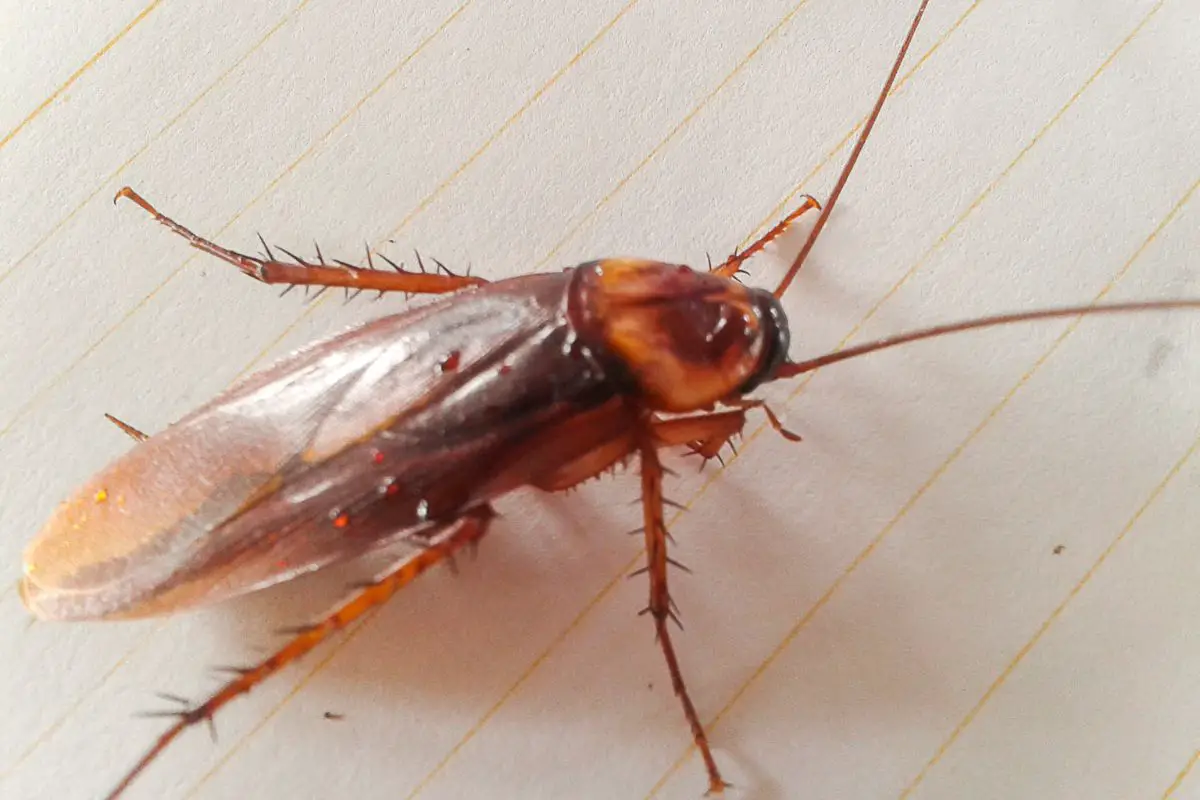
Silverfish and cockroaches have at least one thing in common: they move fast. Silverfish have no defenses against most predators, so their speed is their greatest asset. They can run away from spiders and centipedes successfully.
Cockroaches are also fast – clocking speeds up to 3 miles an hour. Cockroaches are omnivorous and eat lots of different things, but they do share a love of sugar and starches with silverfish. However, cockroaches will eat a much wider variety of scavenged foods than silverfish will.
It’s easy to tell silverfish and cockroaches apart. Cockroaches are much larger, with an entirely different body composition that looks more like a beetle than the flat silverfish. Cockroaches have long antennae, like silverfish, but they don’t have the bristles coming out of the back as silverfish do.
10. Termites love to invade your home.
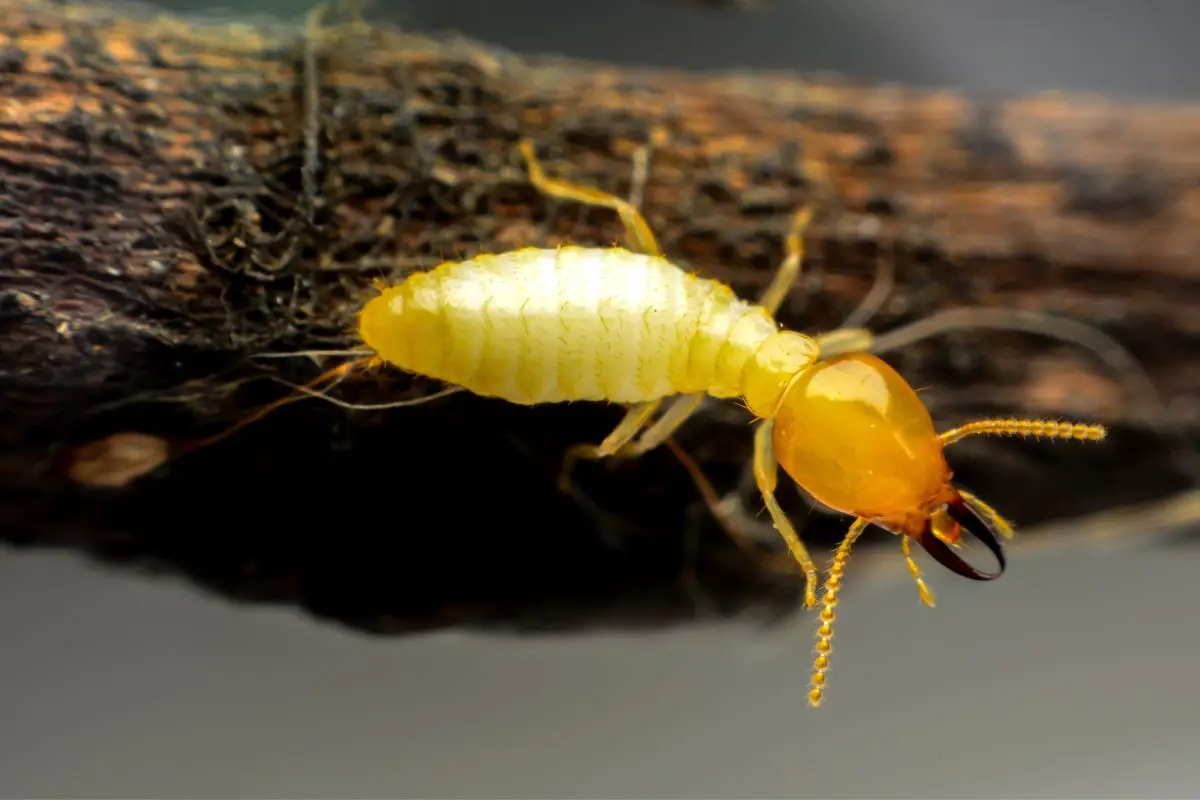
Termites are most closely related to cockroaches and live in colonies of hundreds or thousands. They like to eat almost anything, but they are famous as a species that particularly love wood, and make their nests in trees and homes constructed from wood. Termites look more like ants than silverfish.
They have segmented bodies like ants, with large heads. However, their backs are patterned to look like the segmented plates on silverfish or woodlice. They are also household pests.
Silverfish are more common in houses than termites are, but the damage that termites do is much more expensive. Silverfish can damage books and clothes slightly, but they don’t usually expand to huge numbers like termites do, and they don’t go after expensive wooden structures.
11. Lacewing larvae are garden helpers that look like silverfish.
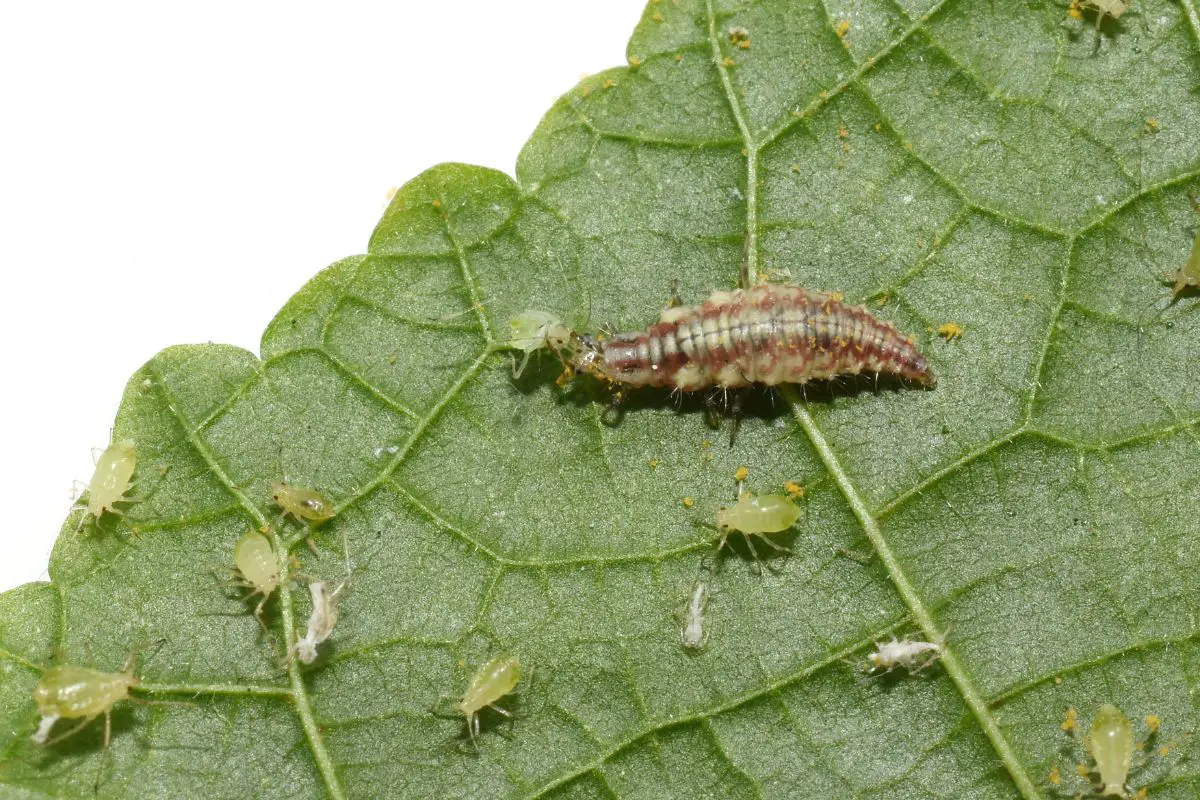
Green lacewing are insect predators that are valued as garden helpers because they love to feed on common pests like aphids and spider mites. Lacewing larvae look a little bit like silverfish, due to size and coloration. The larvae are hairy and green with long pincers that are used to grasp prey.
Lacewing larvae are generally welcome, especially if you have lots of indoor plants. Silverfish, on the other hand, are pests that can damage your clothes and books.
12. Springtails are kind of like tiny little silverfish on springs.
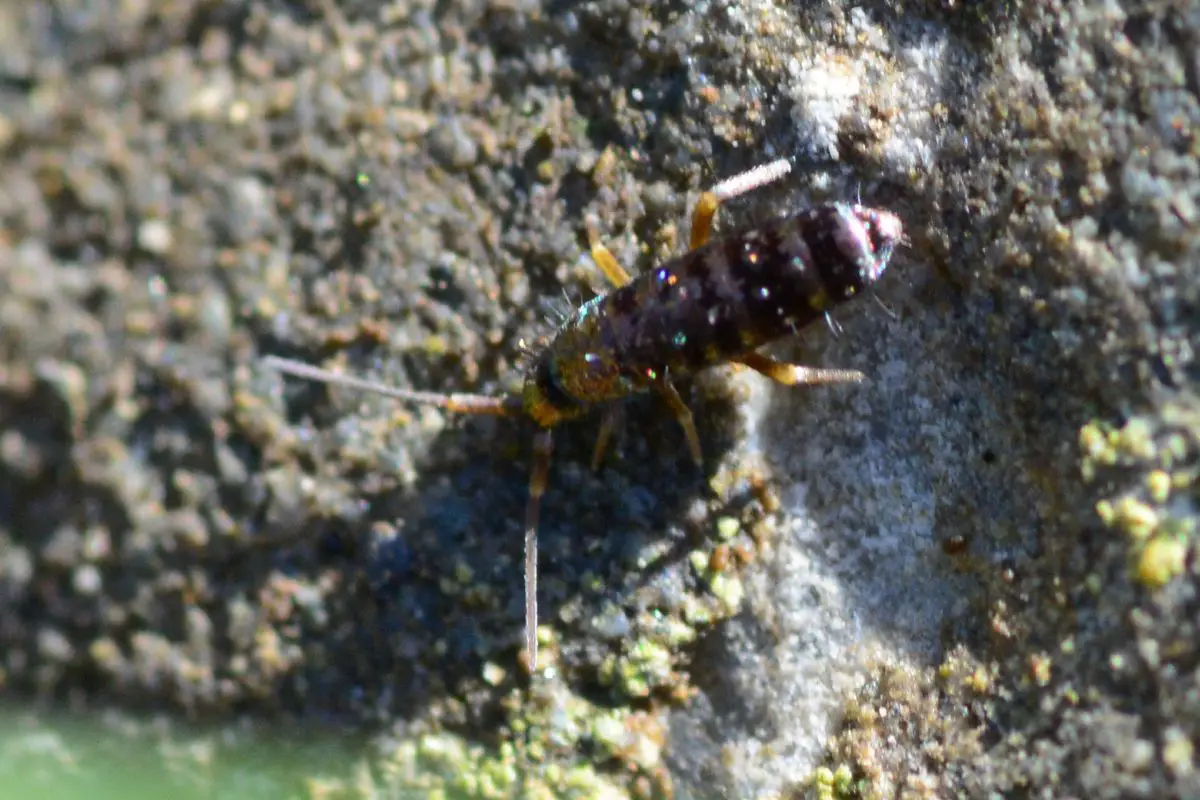
Springtails like the same kind of moist and damp environments that silverfish do. Most springtail species are herbivorous scavengers, focusing on mold and fungi. They also eat decaying vegetation and dead insects.
Springtails are wingless and have six legs, like silverfish, but they also can use a spring to launch themselves into the air to get away from predators. Springtails are much smaller than silverfish – almost 10 times smaller. You would be unlikely to see them unless you were looking for them, and even then you might need a magnifying glass.
13. Millipedes like damp environments and move strangely.
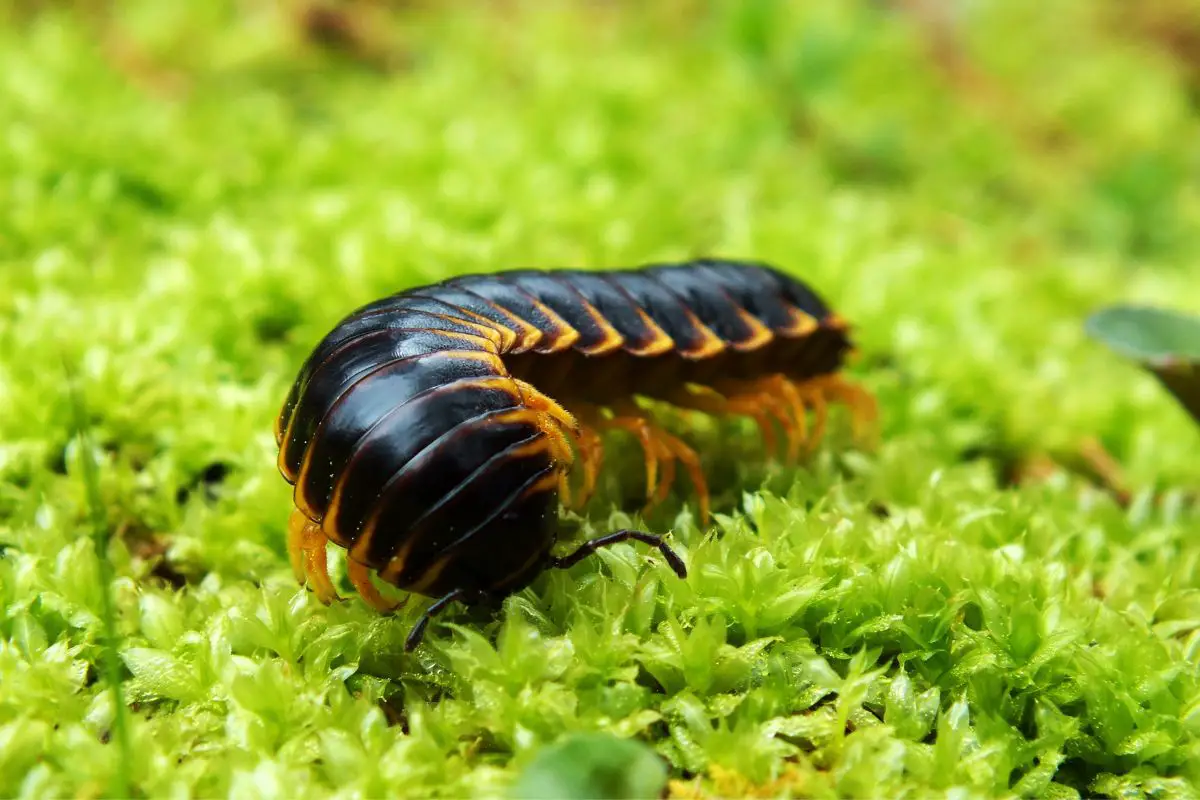
The way that millipedes move is interesting and even a little bit unsettling – just like silverfish. Millipedes are not related to centipedes, which are much faster and carnivorous, with longer legs. Millipedes have very tiny legs and are primarily herbivores.
They range in size from half an inch to 15 inches long. They like the same kind of cool and damp environments that silverfish thrive in. A very small millipede could look and move a little bit like silverfish, but most millipedes are much larger.
Silverfish have six legs, even if they are hard to see, while millipedes have many, many, more. They are usually pretty easy to tell apart. Millipedes are also very old evolutionarily like silverfish are.
The first millipedes came about more than 420 million years ago, around the same time as silverfish! In contrast, most other insect species formed between 150 to 300 million years ago. Millipedes don’t bite and are harmless, although due to their size and the way they move, they might give you a scare.
14. Booklice won’t actually hurt your books… like silverfish will.
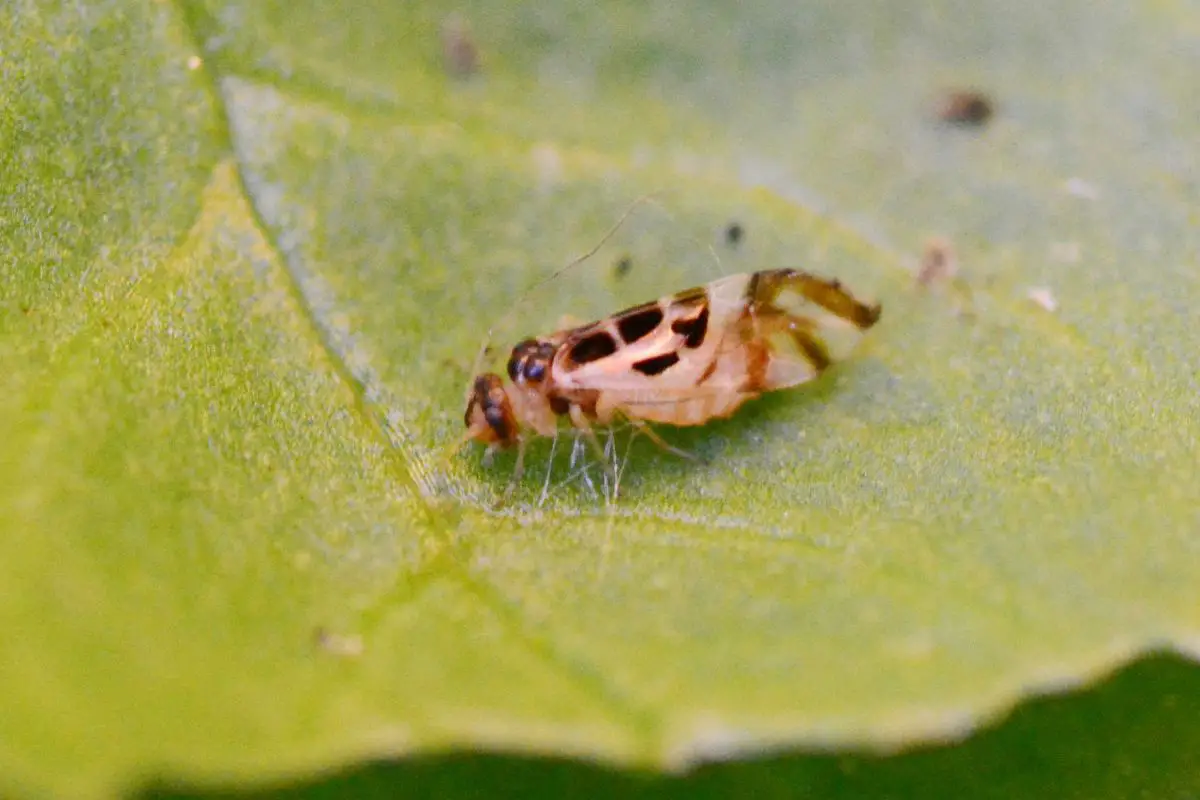
Booklice are a species of small insects (less than 2 mm) that love warm and damp environments with lots of humidity. They are translucent white, yellow, or brown. Most of the species that are household pests are wingless, like silverfish.
Booklice feed on surface mold that grows on paper and book covers – but not the actual paper or books themselves. They are attracted to microscopic mold spores. In contrast, silverfish like the sugar and starches they find in books and fabrics and will do more actual damage.
15. Clothes Moths and silverfish both love to chow down on your wardrobe.
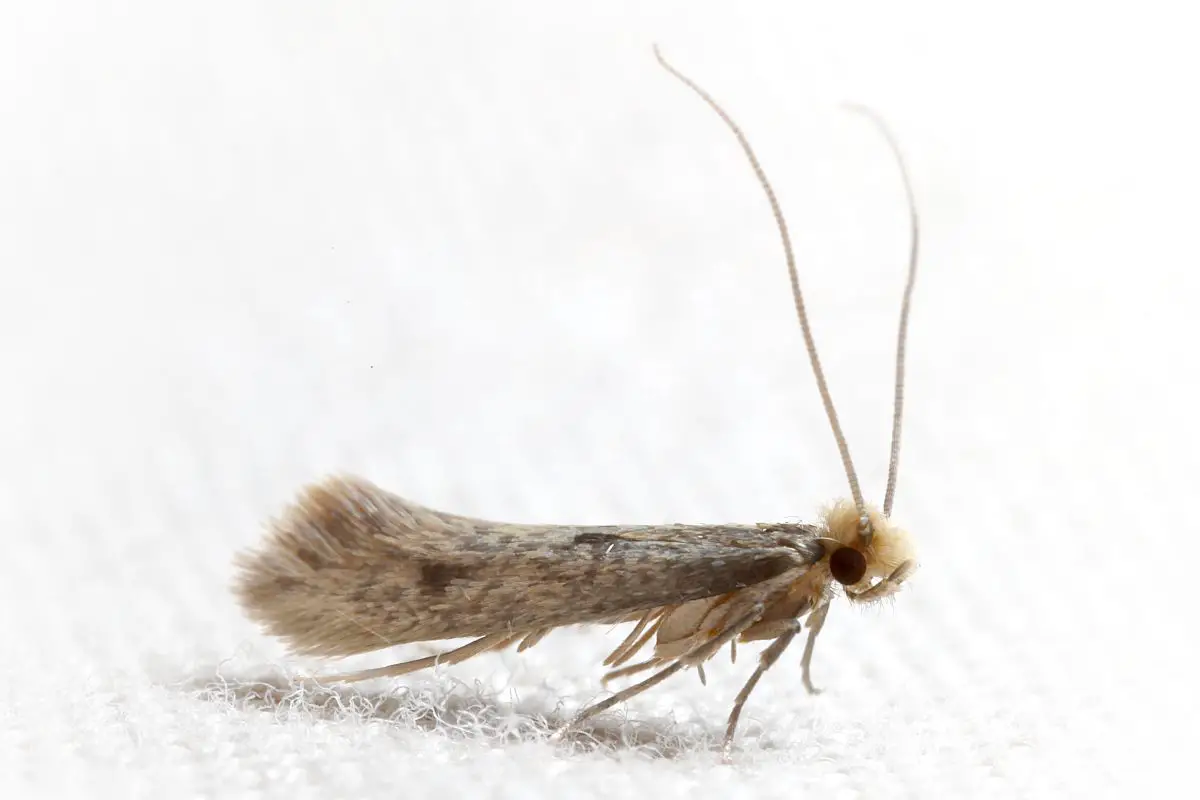
Clothes moths are small moths, usually half an inch to 1 inch long, that are beige or tan colored. Like silverfish and carpet beetles, clothes moths are a real pest because they attack fabrics and cause damage to human possessions. Unchecked, clothes moths can ruin your wardrobe.
Clothes moths are attracted to a single protein – keratin – that is found exclusively in animal fibers like wool, fur, feather, and leather. In nature, clothes moths feed on nesting materials and dead bodies of other insects and animals. In a modern house, they go to the closet.
Silverfish can also damage clothing by feeding on the sugar and starch in natural fabrics. In both cases, your polyester and rayon clothing are probably safe unless it is heavily blended with cotton or wool. If you notice that the clothes you put away in storage are damaged, it could be either silverfish or clothes moths.
Sources:



